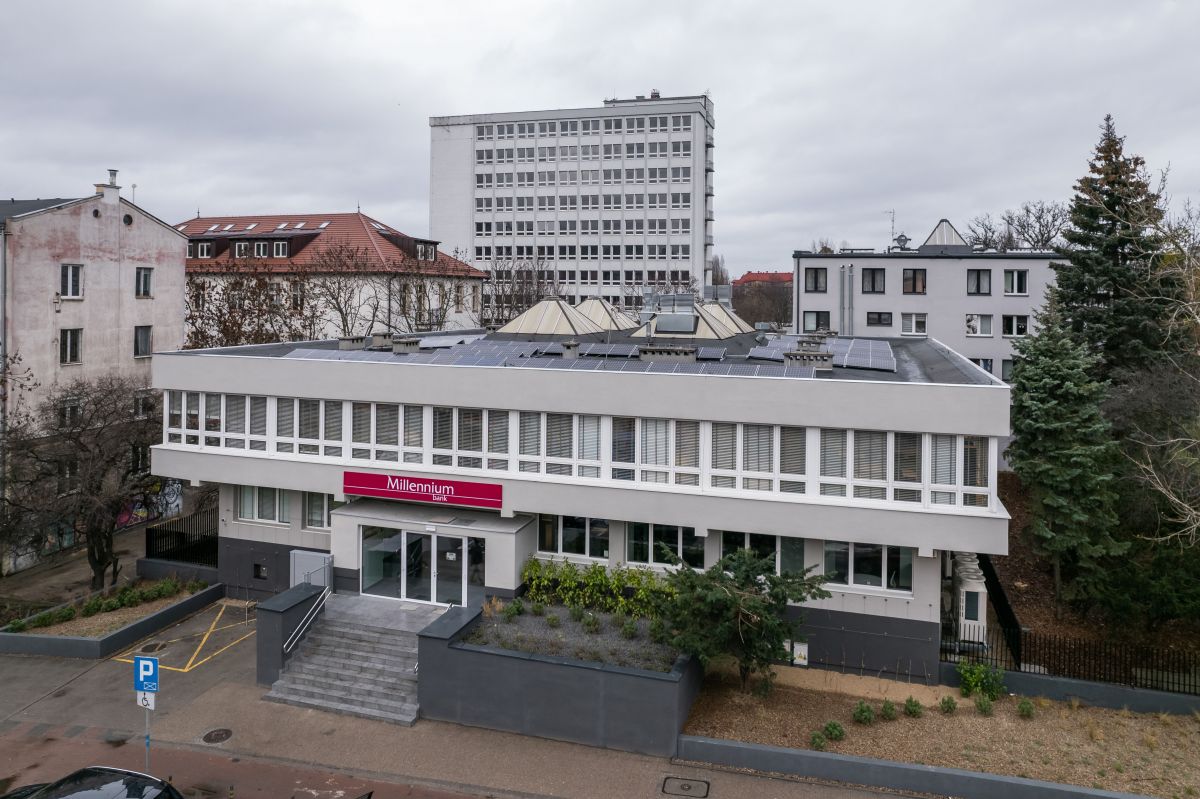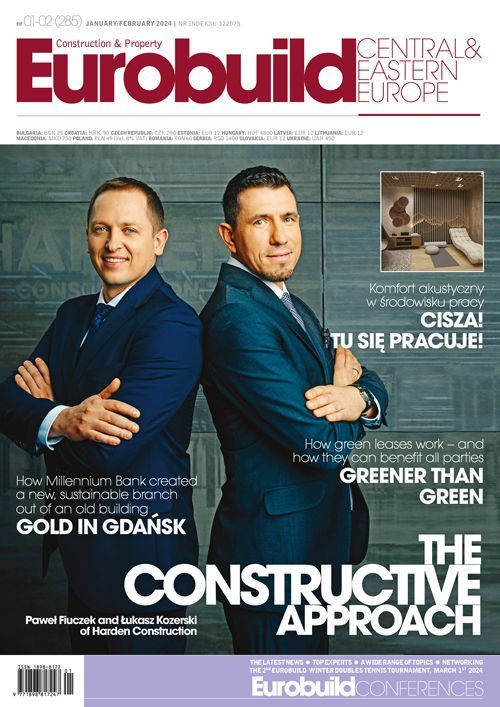When you hear about unusual projects like this, such questions spring to mind as: How do they come about? What are their advantages and disadvantages? Are they worth it – both economically and environmentally? And, are they likely to set a new trend? Millennium Bank must have considered all these issues, so why did its local management decide to embark upon this particular project rather than demolish the old structure to build a new one or even simply invest in new premises?
Anna Wojda, a project manager in Bank Millennium’s department of administration and infrastructure, provides us with the explanation: “From an economic point of view, it would have been unprofitable to demolish the building and rebuild it. Either way, we knew from the beginning that we wanted to modernise this building. Bank Millennium historically comes from Gdańsk. This modernisation is therefore much more important because it is a nod to the history of our organisation. We didn’t want






























































